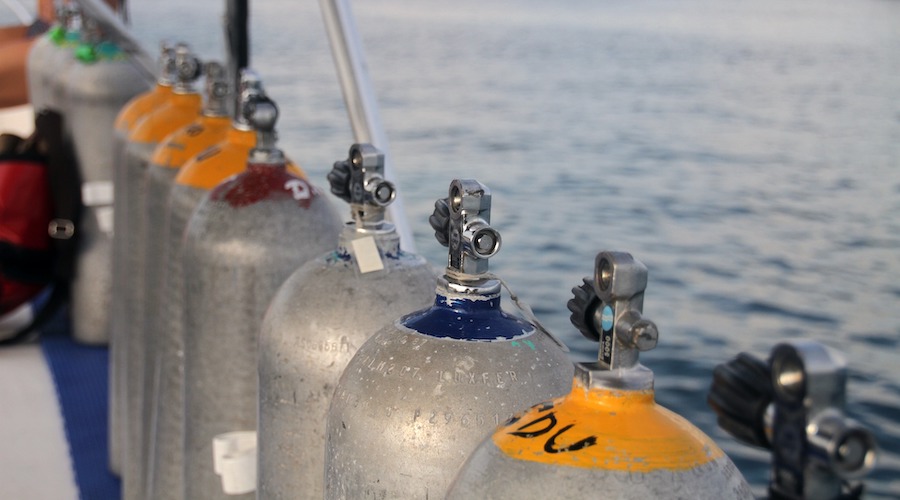As pressure increases, Turkey’s middle-man position in the Ukraine crisis is becoming harder to maintain. “Compartmentalization,” meaning separating divisive political, strategic and economic affairs from establishing a working relationship, has been the defining aspect of contemporary Turkish-Russian relations. Throughout the war against Ukraine, Turkey has been rather successful in striking a delicate balance between its Western allies and its economic partner, Russia. This strategy manifests itself in extensive diplomatic negotiations and constant mediation between Kyiv and Moscow. However, being increasingly pressured by both sides as the war drags on and escalates, Ankara’s strategy of compartmentalization risks losing its sustainability and applicability in Ukraine.
Since the outset of the Russian invasion, Ankara has made a significant push to prove its status as a reliable North Atlantic Treaty Organization (NATO) member to its allies. In fact, Turkey was one of the first countries within the alliance to supply Ukraine with critical weapons systems from the outset. Ankara’s military aid has been centered on a heavy supply of unmanned aerial vehicles (UAVs), particularly the combat-proven Bayraktar TB2s, which have turned the tables against Russian forces in the conflict. Since February 24, Turkey’s Baykar sent around 50 TB2s to the Ukrainian Armed Forces (Middle East Eye, June 18).
Besides its famed drone transactions, Turkey has also provided solutions to some pressing strategic problems in Ukraine. A few days after the war began, Ankara was quick to invoke the Montreux Convention and close the Dardanelles and Bosporus Strait to Russian warships (Reuters, February 28). Amid the blockade of the port of Odessa and the looming food crisis, Ankara worked together with the United Nations to establish a grain corridor that enabled the ships trapped in the Ukrainian port to set sail to international markets (UN, September 16).
Additionally, as the middle man, Turkey has facilitated bilateral exchanges and political asylum. A remarkable example here is the recent agreement with Ukrainian President Volodymyr Zelenskyy on providing custody for the five released Azov Battalion commanders until the war’s end (Twitter, September 22). Another is Ankara’s role in facilitating prisoner exchanges between Russia and Ukraine in late September 2022 (TRT World, September 26).
Nevertheless, as Turkey pushes to prove itself as a reliable NATO state, geo-economic constraints remain. Turkey shares maritime borders with Russia, and the Moscow-Ankara balance of power is crucial for security in the Black Sea region. The two countries also have undeniable economic bonds, which mainly manifest themselves in the forms of tourism and trade. Besides, Russia has repeatedly claimed that it is ready to fill gaps in Turkey’s pressing security requirements—deficiencies partly created by mistakes in Turkish policy, as well as Western negligence.
This is why, while bolstering Ukraine’s military capabilities vis-à-vis Russian aggression, Turkish President Recep Tayyip Erdogan also winks at Putin as he says Turkey can consider the Su-35s as an alternative to the F-16 modernization. Similarly, Turkey has an ongoing strategic energy project with Russia, in the form of the Akkuyu Nuclear Power Plant, as well as a recent agreement for a pipeline project that will connect Russian gas to Europe.
Now, however, with Russia’s missiles and Iranian drones raining over civilian targets and infrastructure, including in Kyiv, Turkey could completely turn against Russia on a moral basis. But rationally, Ankara would need its Western allies to acknowledge its legitimate security concerns. At this point, bolstering trust between Turkey and NATO will be crucial.
For decades, Turkey’s compartmentalization strategy served it well in most circumstances. Yet, in the case of Ukraine, the time for Ankara’s role as the middle-man may have reached its end. This reality manifests itself in Turkish Foreign Minister Mevlut Cavusoglu’s statement in early October 2022. The government official declared that both sides, Ukraine and Russia, had “quickly moved away from diplomacy” and that a “viable ceasefire” between the two parties must be “established as soon as possible” (Hürriyet, October 11). This statement is only natural, as Turkey still depends on Russia in various critical sectors, including energy, tourism and security.
Regarding energy, Turkey still depends on Russia for 45 percent of its gas (Al Monitor, July 28). Amid a lingering economic crisis, it remains unclear whether Turkey will be able to pay the price Russia demands. Despite the new plans to turn Turkey into an energy hub that will transit from Russian gas fields to European markets, the (supply) security and functioning of TurkStream is in Russia’s unstable hands, increasing vulnerability for Ankara and its Western allies (Al Jazeera, October 14). Put briefly, the new plan suggests establishing a distribution center in Turkey to export more gas to Europe through TurkStream, potentially in the Thrace region. Although this new project will play well for Erdogan domestically, it may put Turkey in a more difficult spot vis-à-vis its Western allies, who are actively trying to reduce their energy dependency on Russia.
On the financial side, the Turkish banking system is being increasingly pressured by the West, which has led to major Turkish banks suspending payment under Russia’s Mir system (Financial Times, September 28). This decision pushes Turkey to consider other alternatives for engaging in transactions with Russia, which will gain further importance as young Russians fleeing mobilization are relocating to Turkey in even greater numbers. Yet, Moscow’s need for transit routes may put more pressure on Ankara, especially if current routes remain compromised.
Pressured by both sides, Turkey is walking on thin ice, which will paradoxically become more fragile as winter nears. Indeed, encouraging Ankara to make the right decision for its NATO allies will involve an open dialogue that emphasizes shared interests, as well as empathy for Turkey’s security concerns and needs.
By the Jamestown Foundation

